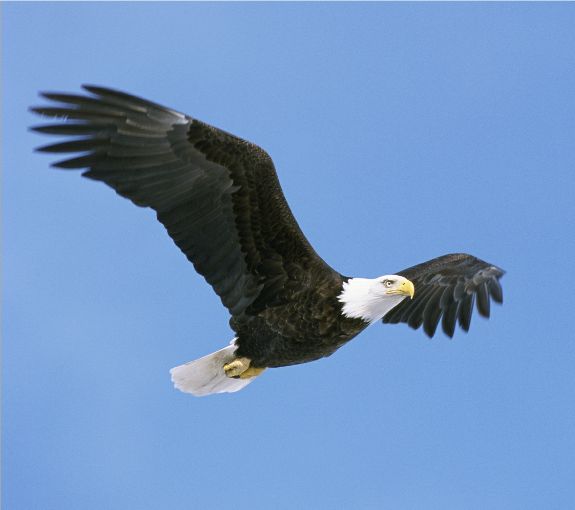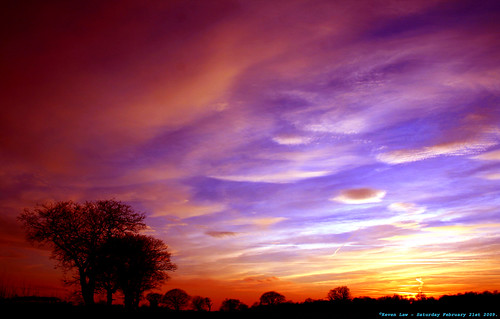
Dulce et decorum est, a fine work done by Wilfred Owen is a poem certainly would touch the hearts of many with its melodic and meaningful rhythm of words. With the literal devices such as personifications and metaphors, he had given life to this poem with it’s own uniqueness. The emotions being expressed in this poem could be felt through every stanza. The horrid smells, the suffering pain and the horrific sights of war would be the very image in the reader’s mind and this shows how good the poem really is, as it manage to touch the heart’s of an individual, even in the coldest and darkest corners of ones heart. It is clear that war do not bring in any other than just rains of misery to all. Yes, it is an honourable deed to do by shedding blood for your country, but what about the tears of your loved ones? if you were to fall that is. By all means, we have been blessed with choices. So why not we take the good and leave the bad? Think about this army of soldiers, gambling for their lives in a hell that is on earth. If they were to survive and live till tomorrow, think about the scars that is embedded on their souls, don’t you think that their lives will never be the same again?. Wilfred Owen, had written this as he himself do not believe in wars and I believe he hoped that with his poem, he is able to open the eyes of the ‘blinds’. Blinded by the wealth life, that they hurt the only thing that made them human, their soul.

















